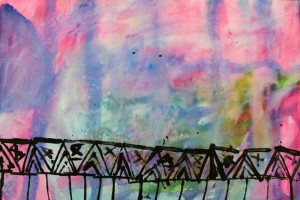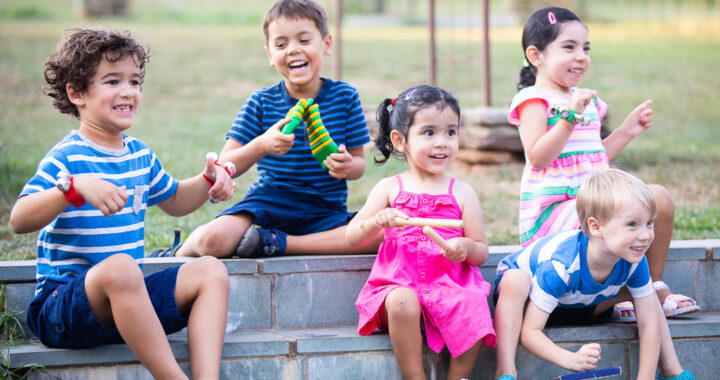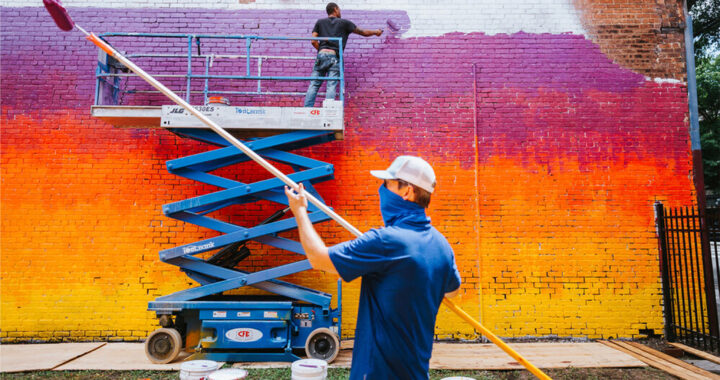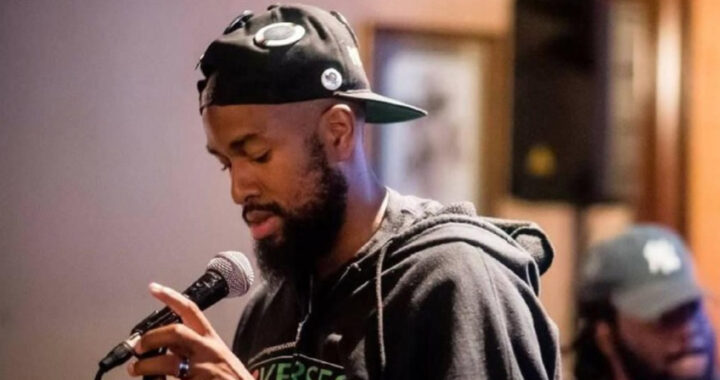Peter Culley, international architect and the founder and director of Spatial Affairs Bureau (UK and US) opened the 2016 Joan Oates Institute with a look at architecture and design through model-making. The hands-on making process was intended to stimulate design-thinking as educators used model building to make connections to community inquiry, environmental exploration, community history, and ALL disciplines.
This workshop showed teachers how they could inspire their students to dream up their own ways of spanning a river, or creating an impact in the city, or solving a math problem. The concepts of design and building easily apply to all disciplines and subject areas. Civil engineering projects such as bridge construction are the perfect blend of all STEAM subjects (science, technology, engineering, arts, and math) in one project. They can be implemented with any type of building materials and at any grade level. There are a multitude of real-world connections to be made; bridge building can tie into local community projects such as Bridge Park RVA.
For some students, this may serve as their first look at an entire field and open up future career possibilities. At the least, it will help students to do what all creative activities at the Joan Oates Institute do: observe the world around them more closely and curiously.
Building Bridges

A teacher team’s construction
Below is an anecdote from Partners in the Arts Program Coordinator, Amy Williams, about how hands-on engineering in school sparked her learning as a child.
As a child, my family moved fairly often; I attended 5 elementary schools in 3 states. In 4th grade, I attended my first school with a gifted and talented education program. These classes quickly became my favorite because they connected school to the outside world. The unit I remember best was a study of bridges. We learned about the collapse of “Galloping Gertie” in Washington state and the beautiful Golden Gate Bridge in San Francisco. It was this unit that taught me one shape could be stronger than another – that a triangle is sturdier than a square. It was after much discussion and research on a variety of bridges and their construction, that we got to design and build.
We were given two materials: popsicle sticks and wood glue. I took the assignment seriously and worked diligently to create the strongest bridge. When we finished, we got to take our bridge to a statewide gifted and talented competition where judges placed weights on our bridges to see how much they could hold. Mine held 143 pounds and I still have a piece of it, over 20 years later.
This bridge project got me engaged with learning, making, and doing. It wasn’t limited to one discipline or skill set – it covered many. Project-based, integrated learning has the potential to reach ALL students, where and how they are. This is why I remember the bridge project over all others. It’s the reason I taught an elementary art lesson on bridges and my students created bridges of their own.




